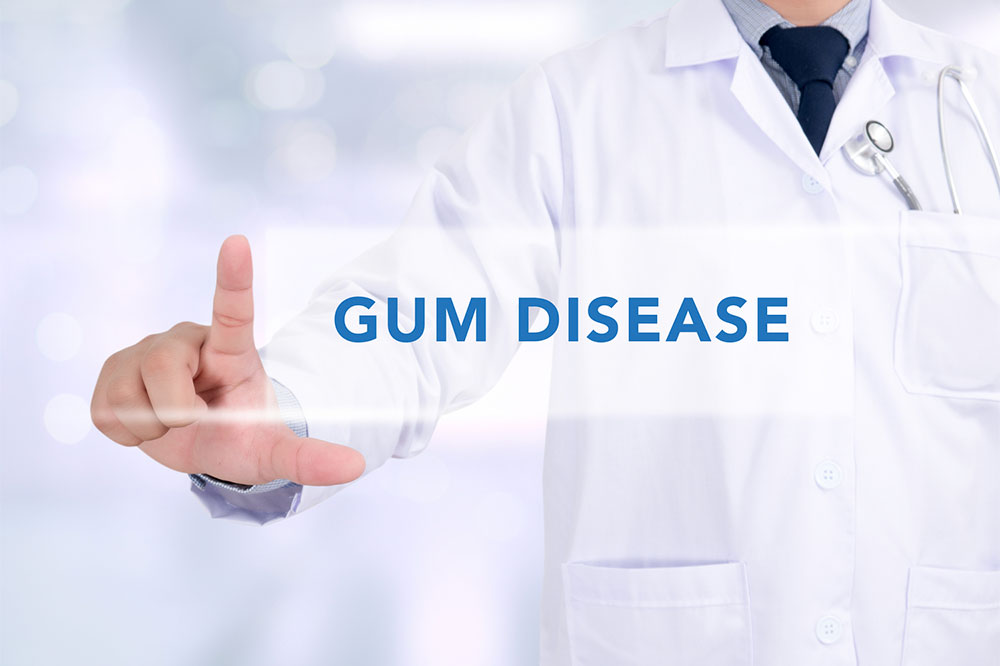Comprehensive Guide to Gum Disease: Causes, Prevention, and Effective Treatments
This comprehensive guide covers the causes, prevention, and treatments of gum disease, emphasizing the importance of good oral hygiene, diet, and professional care. It explains how plaque, medications, lifestyle habits, and genetics influence gum health. Practical tips and natural remedies are provided to help prevent and manage early-stage gum issues, with an emphasis on seeking timely dental intervention to avoid severe complications. Maintaining healthy gums is essential for overall well-being, making this knowledge vital for long-term oral health.

Comprehensive Guide to Gum Disease: Causes, Prevention, and Effective Treatments
Maintaining optimal oral health is a cornerstone of overall wellness, yet many people overlook the importance of healthy gums. Gum disease, also known as periodontal disease, is a common condition that, if left untreated, can lead to severe dental problems and has been linked to systemic health issues such as diabetes, cardiovascular disease, and respiratory infections. Understanding the causes, symptoms, and treatment options for gum disease can significantly improve your quality of life and oral hygiene practices.
In this extensive guide, we will explore the various causes of gum disease, how to recognize early signs, and the most effective prevention strategies and treatment methods available today. Whether you are facing gum issues or looking to reinforce your oral health routine, gaining comprehensive knowledge about gum disease is essential for maintaining a healthy, radiant smile and overall health.
Common Causes of Gum Disease and Practical Prevention Strategies
Plaque Accumulation: The primary culprit behind most gum infections is plaque—a sticky, colorless film composed of bacteria, food debris, and saliva. This film constantly forms on our teeth and, if not regularly removed through proper brushing and flossing, can harden into calculus or tartar. Tartar adheres firmly to the tooth surface, making it difficult to remove without professional cleaning. Bacterial colonies within plaque produce toxins that irritate and inflame gum tissues, leading to gingivitis—the initial stage of gum disease.
Regular dental cleanings by a qualified dentist or dental hygienist are essential to eliminate stubborn plaque and tartar build-up. These professional procedures involve scaling and root planing that effectively scrub away plaque beneath the gumline, preventing progression to more severe gum disease.
Medication Side Effects: Several medications, especially blood thinners, can cause increased gum bleeding and swelling. The American Dental Association highlights that certain drugs may influence gum tissue health, either by reducing saliva flow or affecting blood flow to the gums. Patients on these medications should inform their dentist to tailor oral hygiene strategies and possibly adjust treatments when necessary.
Improper Flossing and Oral Hygiene Habits: Flossing is crucial in removing food particles and plaque between teeth; however, improper technique or inconsistent flossing can cause gum irritation, bleeding, or injury, especially if you're newly adopting this habit. Proper flossing involves gently curving the floss around each tooth and sliding it beneath the gum line without forcing it. Developing a routine and using appropriate tools like interdental brushes can improve gum health.
Nutritional Deficiencies: A diet lacking in essential nutrients, particularly vitamin C, and high consumption of sugary and starchy foods favor the growth of harmful bacteria in the mouth. These bacteria produce acids that erode gum tissue and bone structures. Maintaining a balanced diet rich in fruits, vegetables, and adequate hydration supports immune function and tissue repair, reducing the risk of gum disease.
In addition to diet, using products like mouth rinses containing antiseptic agents or natural remedies such as green tea, known for its antioxidant properties, can help control early gum inflammation and bacterial growth.
Hormonal Changes: Fluctuations caused by pregnancy, menstruation, or menopause can result in increased gum sensitivity, swelling, and bleeding. During pregnancy, elevated hormone levels make gums more vulnerable to plaque buildup and inflammation—a condition known as pregnancy gingivitis. Enhanced oral hygiene routines and regular dental checkups are vital during these periods to prevent disease progression.
Smoking and Tobacco Use: Tobacco damages the gum tissues, impairs blood flow, and hampers the healing process. Smokers are significantly more likely to develop severe periodontal infection, making quitting tobacco essential for oral and overall health.
Genetic Predisposition: Family history can influence susceptibility to gum health issues. If gum disease runs in your family, proactive measures and more frequent dental visits can mitigate risks. Your dentist can recommend personalized care routines to strengthen your gums.
Understanding these diverse causes empowers you to implement targeted prevention strategies—such as maintaining meticulous oral hygiene, adopting balanced nutrition, quitting smoking, and seeking regular dental care. Home remedies like using antimicrobial mouthwashes, consuming green tea, and practicing proper brushing and flossing techniques can be effective adjuncts in early management.
However, it’s crucial to recognize that early-stage gum disease, such as gingivitis, is reversible with professional treatment and improved hygiene practices. Advanced periodontal disease may require more intensive interventions, including deep cleaning, medication, or even surgical procedures. Therefore, consulting a dental professional for accurate diagnosis and personalized treatment plan is fundamental to preserving your oral and systemic health.





